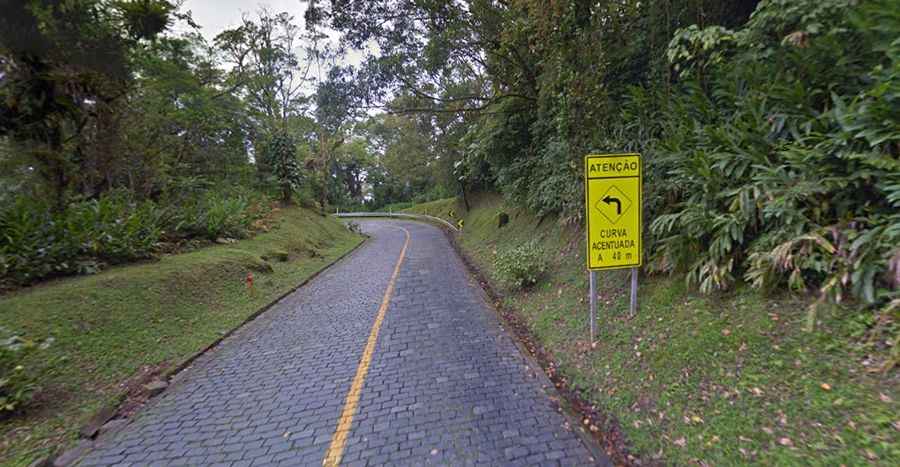Rodovia da Graciosa is a cobblestoned road through the mountains
Rodovia da Graciosa is an old mule route located in the Brazilian state of Paraná. The road winds through a well-preserved stretch of the Atlantic Forest, offering a scenic and historic journey.

When was Rodovia da Graciosa built?
The original mule path, known as the Graciosa Trail (Caminho Colonial da Graciosa), was constructed between 1646 and 1653 to connect Curitiba with the coast. The modern road was completed in 1873. It became the first paved road in the state and remained the only one for 50 years.
How long is Rodovia da Graciosa?
Today, Rodovia da Graciosa—officially designated as PR-410—is a 30km (18-mile) route that cuts through the mountains of the Marumbi National Park. It runs in a south-north direction, connecting PR-408 to BR-116.
Is Rodovia da Graciosa paved?
Sections of the road are still paved with cobblestones, which can become slippery and hazardous on sharp turns, especially in wet conditions. Hydrangea plants grow along the roadside, adding vibrant blue color to the already lush surroundings. The road features several hairpin bends and retains much of its old-world charm.
Is Rodovia da Graciosa worth the drive?
Also known as Estrada da Graciosa, the road meanders through dense rainforest, crossing moss-covered bridges and passing by waterfalls, streams, and a rich variety of flora and fauna. Along the route, visitors will find rest stops with fire grills, shelters, and camping areas. The mountain side is covered in a vivid mosaic of flowers, contrasting beautifully with the steep cliff edge lined with treetops and undergrowth. Scenic lookout points and picnic areas with local vendors make this a memorable and rewarding drive.